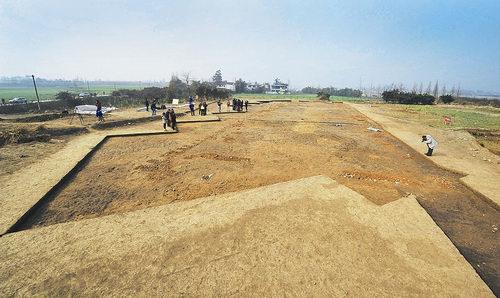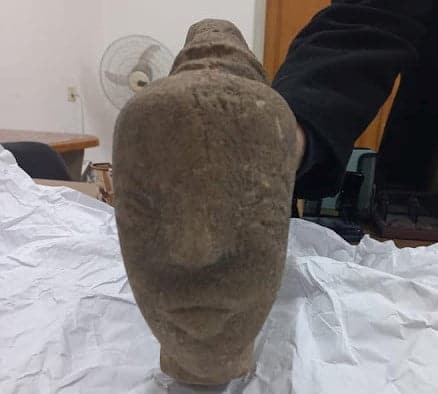Located in the Chengdu province of south-west China, Sanxingdui is the gift that keeps on giving with this latest round of excavations giving experts a treasure trove of information and relics. Over 13,000 artefacts were uncovered with a good percentage of them still intact.
According to China Daily, 1238 pieces of bronzeware, 543 gold artefacts and 565 jade items were found within pits seven and eight. Experts believe them to be sacrificial chambers with the site dated back to the late Shang Dynasty around 3000 years ago.
One of the best finds, according to archaeologists, was that of a “Moonlight Box”. It’s a case with dragon heads for handles, bronze ribbons on the exterior and when they opened the box, a large piece of jade was found inside.
“Even the best designers of today may not be able to create such bold and imaginative works,” said archaeologist Guo Ming to Sixth Tone.
“These strangely shaped artifacts that have never been seen before may open new ideas and perspectives for our knowledge of the cultural landscape of Sanxingdui and will renew our understanding of the richness and diversity of its history.”

Something that baffled scientists for a long time was that the Sanxingdui civilisation did not leave any record of their existence. However, later finds in the archaeological site suggest a theory that these people continued on into the Jinsha civilisation, which came in about the same time they disappeared.
But another hypothesis suggests an earthquake hit the area and caused a massive landslide that affected the MinJiang River, which the site is closely located to. The civilisation disappeared around 1100 BCE.






